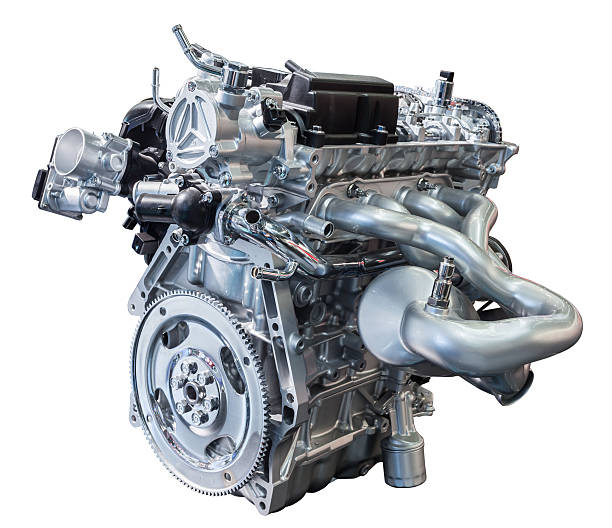Liquid Metal Transmissions: The Future of Automotive Gear Shifting
The world of automotive engineering is on the cusp of a revolutionary breakthrough that promises to redefine the way we think about gear shifting. Imagine a transmission system that can change its shape and properties on demand, adapting to driving conditions in real-time. This isn't science fiction - it's the cutting-edge technology of liquid metal transmissions. By harnessing the unique properties of gallium-based alloys, engineers are developing transmission systems that could offer unprecedented levels of efficiency, performance, and durability. But what exactly are liquid metal transmissions, and how could they transform the automotive landscape?

Dynamic Gear Formation
Unlike traditional transmissions with fixed gear ratios, liquid metal systems can form gears of varying sizes and shapes on demand. This is achieved through a process called electrowetting, where electrical currents alter the surface tension of the liquid metal, allowing it to form precise shapes within milliseconds. The result is a transmission that can seamlessly transition between an infinite number of gear ratios, optimizing power delivery for any driving scenario.
Thermal Management and Efficiency
One of the most promising aspects of liquid metal transmissions is their potential for superior thermal management. The high thermal conductivity of gallium alloys allows for rapid heat dissipation, reducing the risk of overheating and improving overall efficiency. This could lead to transmissions that operate at lower temperatures, reducing wear and extending the lifespan of components.
Challenges in Implementation
While the concept of liquid metal transmissions is exciting, there are significant challenges to overcome before we see them in production vehicles. One major hurdle is containment - ensuring that the liquid metal remains safely sealed within the transmission system under all operating conditions. Engineers are exploring advanced sealing technologies and failsafe mechanisms to address this concern.
Environmental Considerations
As the automotive industry increasingly focuses on sustainability, the environmental impact of liquid metal transmissions must be carefully considered. While gallium alloys are generally considered less toxic than many traditional automotive materials, questions remain about their long-term environmental effects and recyclability. Researchers are actively working on developing eco-friendly formulations and recycling processes to ensure that liquid metal transmissions align with global sustainability goals.
The Road Ahead: Potential Applications and Industry Impact
The implications of liquid metal transmission technology extend far beyond traditional automobiles. This innovative approach could revolutionize the design of electric vehicles, offering new possibilities for motor integration and power management. In the world of high-performance automobiles, liquid metal transmissions could provide unparalleled responsiveness and adaptability, potentially redefining the driving experience for enthusiasts.
Moreover, the principles behind liquid metal transmissions could find applications in other industries, from robotics to aerospace. The ability to create dynamic, adaptive mechanical systems opens up new frontiers in engineering and design across various sectors.
As research progresses and prototypes move closer to reality, the automotive industry watches with keen interest. Major manufacturers and startups alike are investing in this technology, recognizing its potential to disrupt the market and offer significant competitive advantages.
While it may be several years before we see liquid metal transmissions in production vehicles, the technology represents a bold step towards a more adaptive, efficient, and high-performance automotive future. As engineers continue to refine the concept and overcome technical challenges, we stand on the brink of a new era in transmission design - one where the boundaries between solid and liquid, fixed and fluid, are blurred in the pursuit of automotive excellence.
The journey towards liquid metal transmissions embodies the spirit of innovation that drives the automotive industry forward. It reminds us that even in a field as mature as transmission design, there is always room for revolutionary ideas that challenge our assumptions and push the boundaries of what’s possible. As this technology evolves, it promises not just to change how our cars shift gears, but to fundamentally reshape our relationship with the vehicles we drive.





